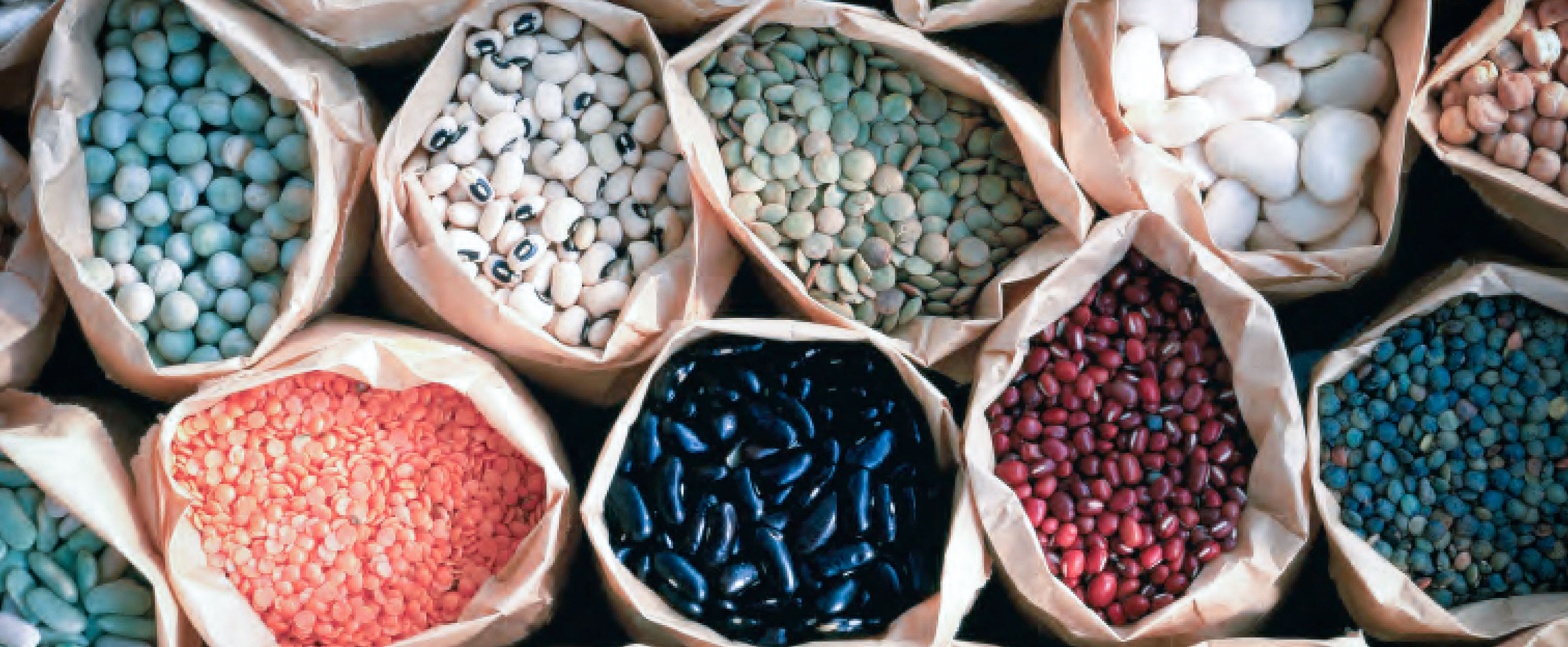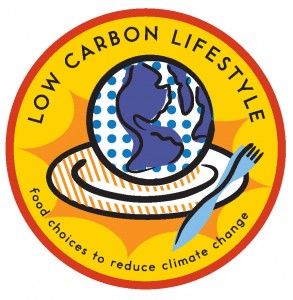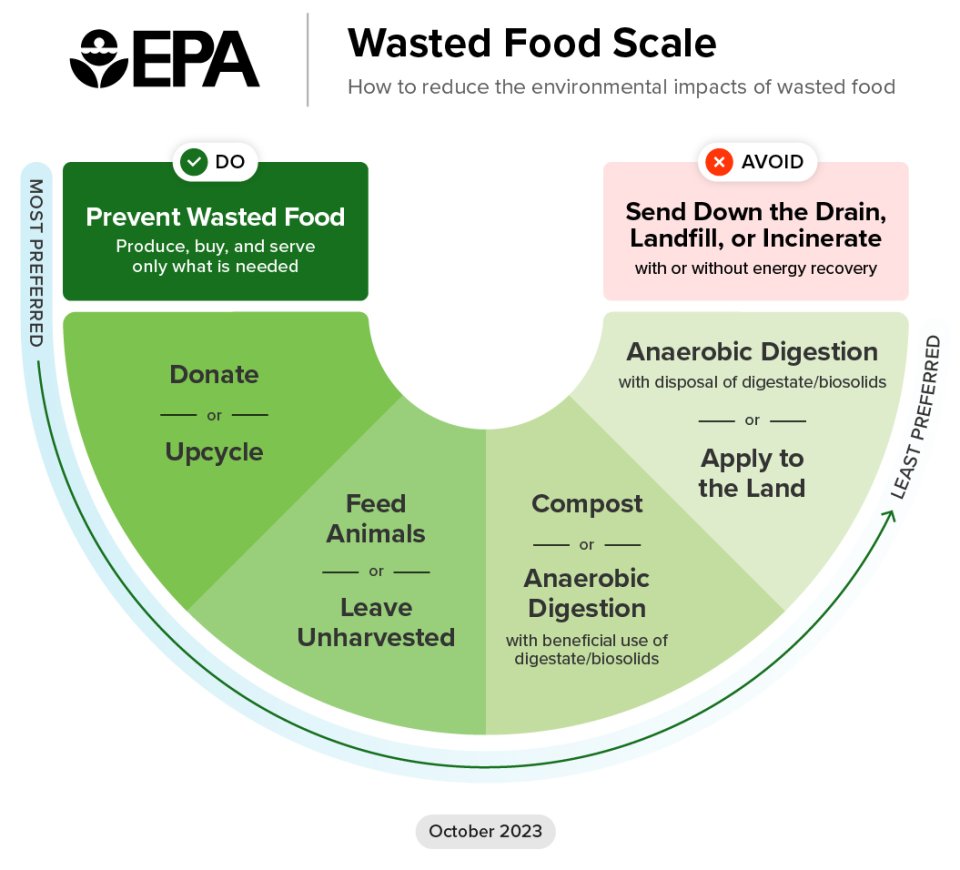
Low Carbon Lifestyle
Updating and measuring our efforts to reduce the climate-changing impacts of our food choices
 When Bon Appétit started our Low Carbon Diet program in 2007 — making us the first restaurant company to connect food and climate change — it was with specific targets in mind for how much carbon emissions we wanted to lose over five years. And we did it, meeting our goals and resulting in reductions of the equivalent of approximately 5 million pounds of carbon dioxide each month.
When Bon Appétit started our Low Carbon Diet program in 2007 — making us the first restaurant company to connect food and climate change — it was with specific targets in mind for how much carbon emissions we wanted to lose over five years. And we did it, meeting our goals and resulting in reductions of the equivalent of approximately 5 million pounds of carbon dioxide each month.
After a few years of happily maintaining our weight, we decided it was time to mentally move from a time-limited diet aimed at a quick reduction to a long-term, sustained way of living. Enter the Low Carbon Lifestyle, a new set of commitments that we can live for the foreseeable future and continue our dedication to reducing the climate-changing impacts of our food choices. We consulted with food and climate change experts across the country, from the Environmental Working Group to the Union of Concerned Scientists and Rainforest Alliance. We settled on these four focus areas:
PRIORITIZING PLANT-BASED PROTEINS
- Serving reasonable, clearly defined portions of animal proteins based on U.S. Dietary Guidelines recommendations
- Skewing the menu mix away from beef and cheese
- Emphasizing plant-based proteins
- Tracking the ounces of various proteins we serve per guest per meal period, to make sure we stay on target
PREVENTING AND REDUCING FOOD WASTE
 Prioritizing waste reduction according to the EPA’s Wasted Food Scale*, to make landfills our last resort
Prioritizing waste reduction according to the EPA’s Wasted Food Scale*, to make landfills our last resort
- Requiring our teams to actively engage in preventing waste at the source, by tracking their participation in our Imperfectly Delicious Produce program
- Continuing to prevent waste in their kitchens and recording their efforts using a waste tracking system (now by using our proprietary software Waste Not™)
- Donating leftovers to local hunger relief organizations on a regular, not occasional basis. (In 2015, we made a goal that by 2018, 80% of our accounts would be Food Recovery Verified. While the majority of our accounts are regularly donating food, we did not meet our verification goal. In 2024, we recommitted to meeting this goal by the end of the year.)
TRIMMING TRANSPORTATION
Examining both distance traveled and, more critically, the mode of transportation when we’re making purchasing decisions in order to prioritize carbon-efficient transportation of food.
- No air-freighted seafood
- Restricting purchases of vegetables, meat, non-tropical fruit, and bottled water to North America
- Encouraging purchases of seasonal and regional fruits and vegetables
- Training chefs and managers how to prioritize tropical fruit that is typically boated or trucked versus air-freighted when needed
DECREASING DEFORESTATION
Supporting sustainable forestry and agricultural management through our purchasing practices:
- Purchasing meat from North American farms and ranches (fed with U.S.-grown crops)
- Opting for paper products that are FSC Certified and/or made from recycled content
- Setting measurable goals for purchasing coffee from Certified Organic, shade-grown, Rainforest Alliance or Bird Friendly certified (by the Smithsonian Migratory Bird Center) farms
At the same time, just like a diet plan often asks you to get on a scale, we’re weighing our progress on a monthly basis using our Food Standards Dashboard to make sure we stay on track with our goals.
*When we launched the Low Carbon Lifestyle in 2015, we followed the EPA’s Food Recovery Hierarchy, which was updated in 2023 to become the Wasted Food Scale.